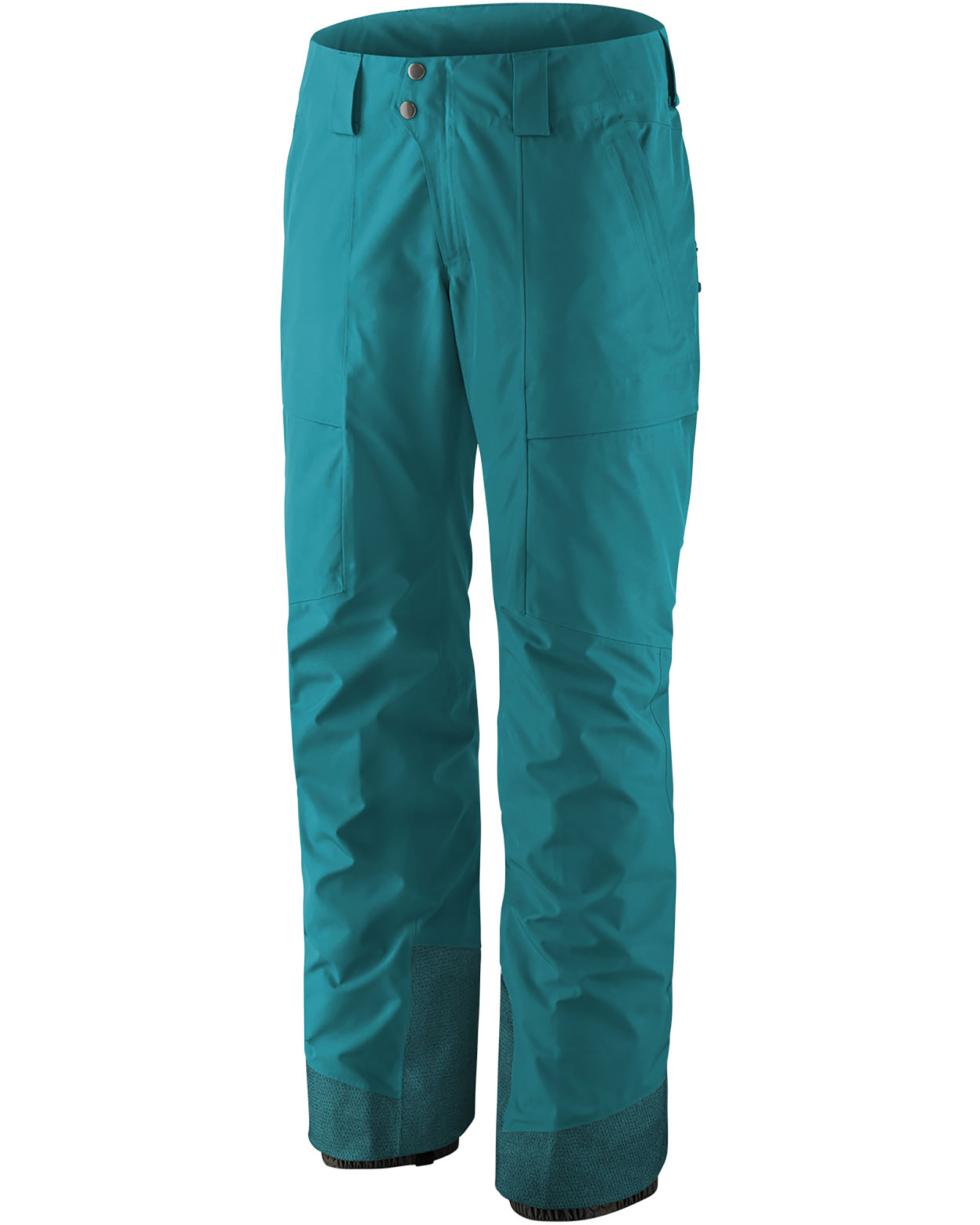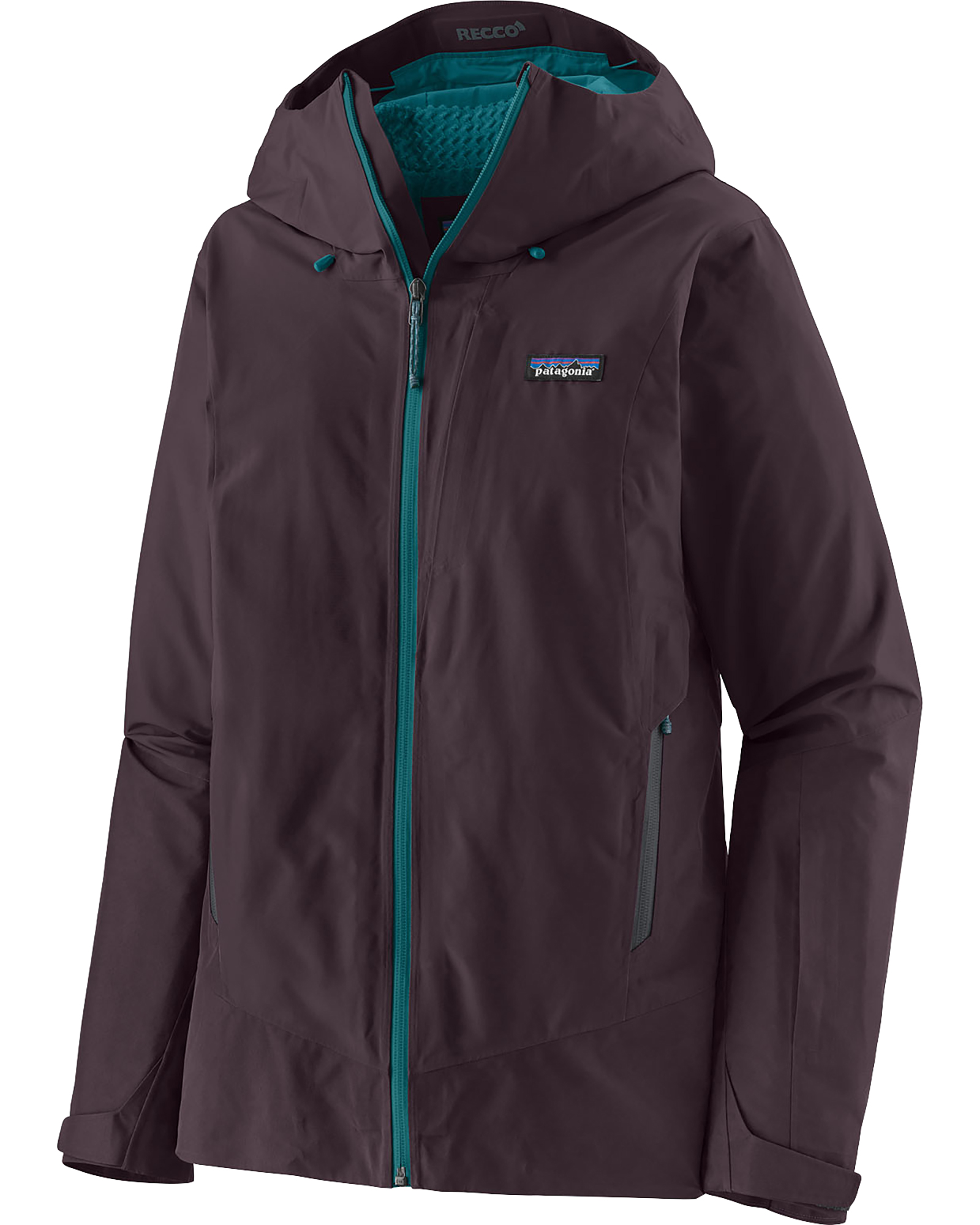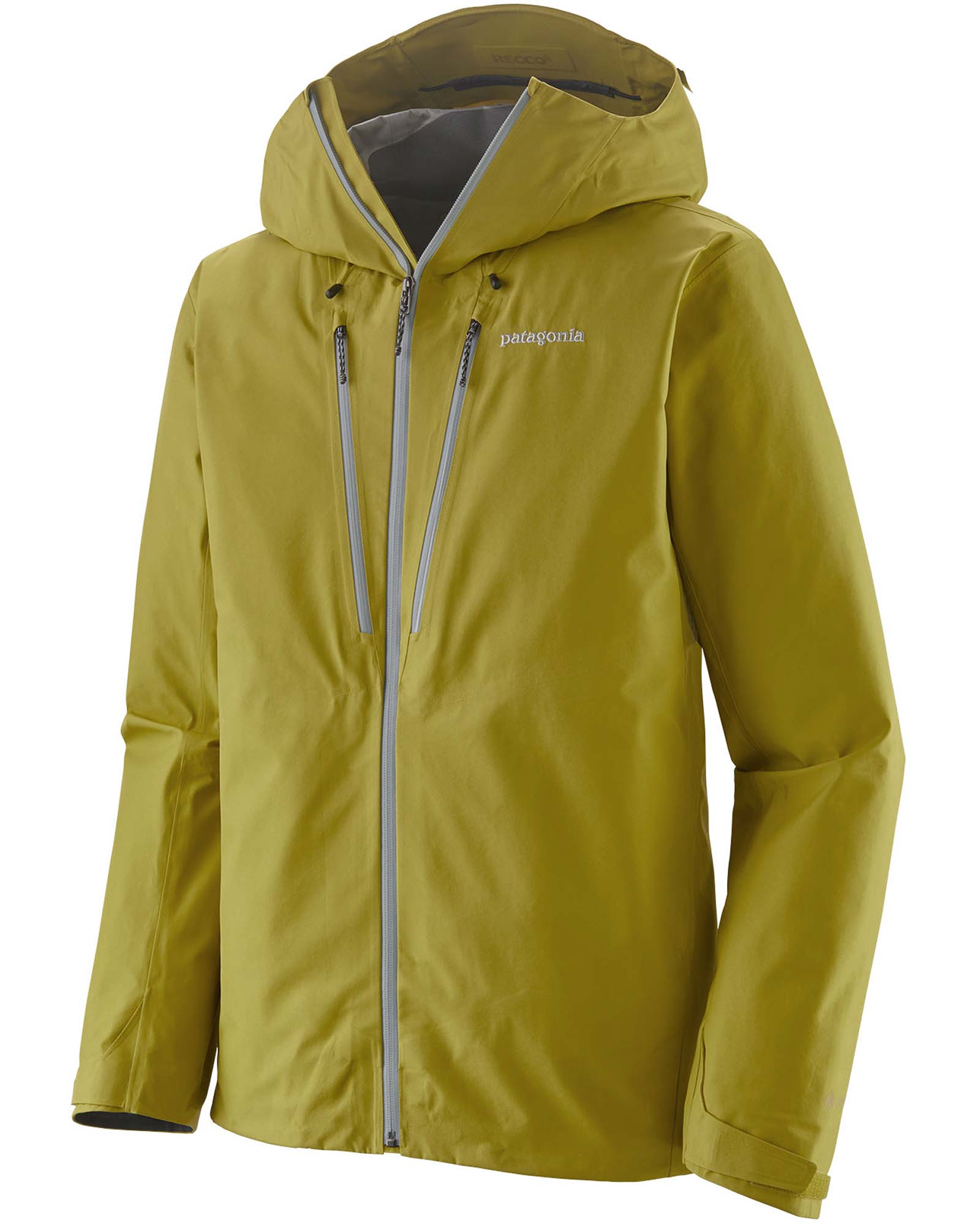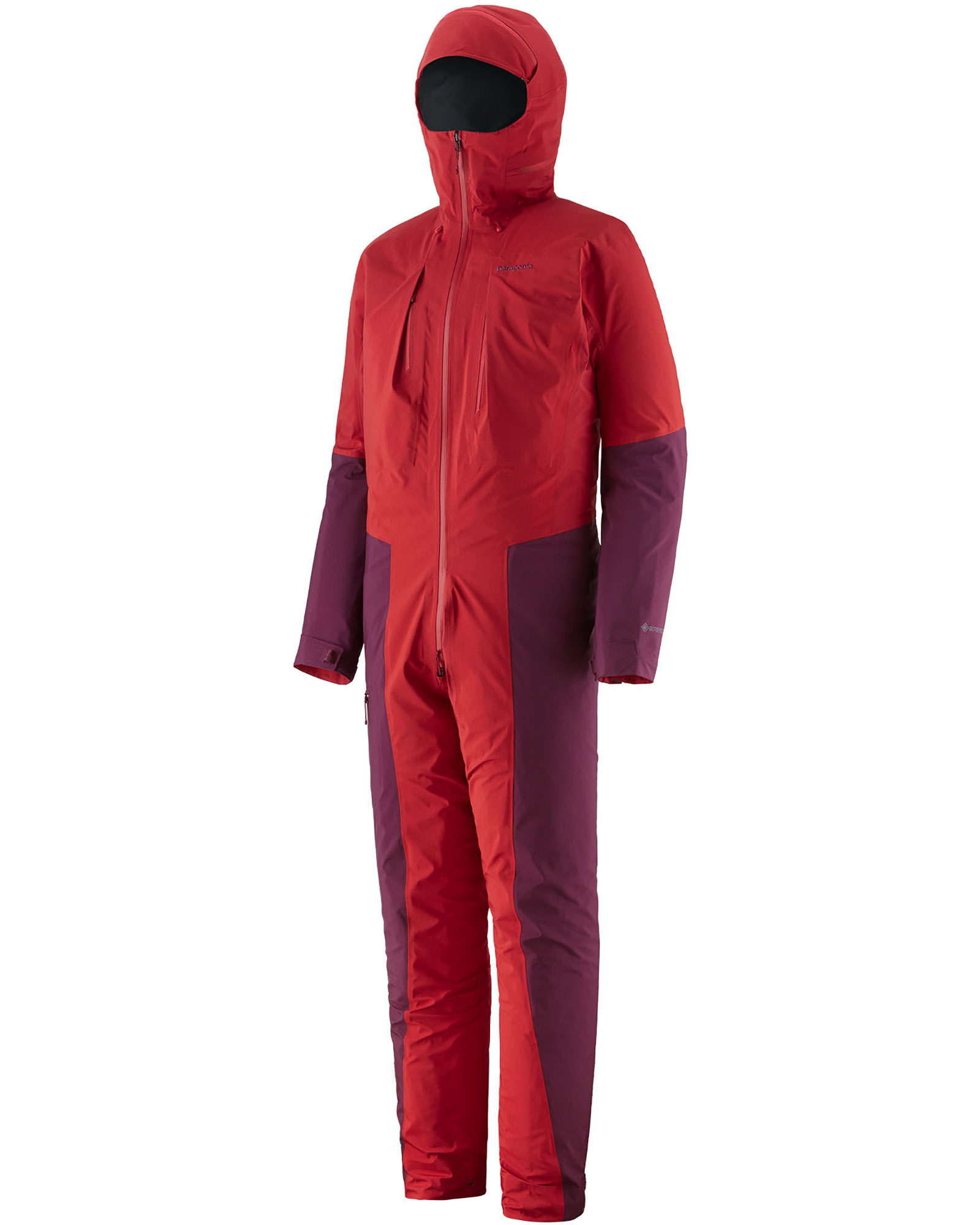Fabulous Fabric: The Rise Of ePE
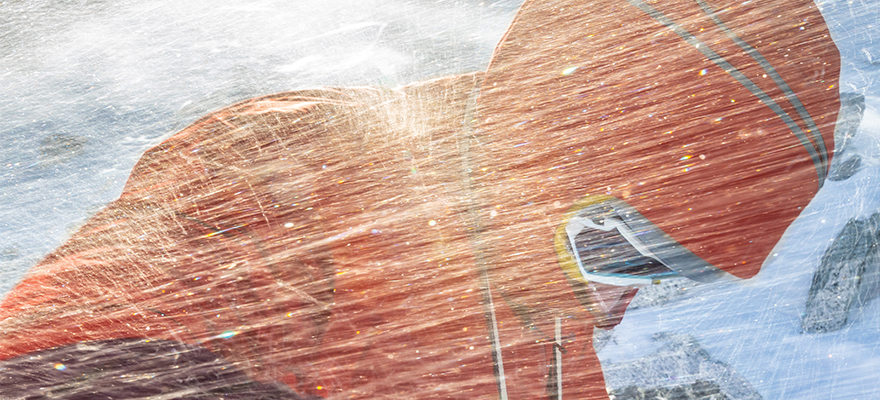
Waterproof, breathable materials are a mainstay of skiwear but their manufacture has come at a cost. With an innovative new ePE membrane, the GORE-TEX brand and Patagonia aim to set that right.
In the realm of outdoor gear, two names stand out for their unwavering commitment to quality: the GORE-TEX brand and Patagonia. These giants of the industry have recently joined forces to introduce a new outerwear membrane that not only promises exceptional performance but also marks a huge leap forward in sustainability. We sat down with Catriona Shearer from the GORE-TEX brand and Lisa Douglas from Patagonia to find out more.
A 40-Year Journey
For its part, the GORE-TEX brand has been at the forefront of durable outdoor product design for over four decades, with its products enduring some of the harshest environments on the planet. Their commitment to sustainability extends beyond product longevity; it encompasses materials, manufacturing, and partnerships. “Our performance depends on a healthy climate, a clean and thriving environment, fair labour conditions and safe working conditions,” asserts Catriona. This holistic approach led to a long roadmap of sustainability initiatives, culminating in the launch of an ePE (expanded polyethylene) membrane that eliminates the need for PFCs (perfluorinated chemicals).
With customers increasingly demanding less harmful fabrics and “potential impacts from future regulations” on the horizon, the market is certainly ready. Indeed, as Lisa Douglas elaborates, “The project was born from [a request] we shared nearly a decade ago: same performance, no PFCs.” The GORE-TEX brand’s continued focus on innovation, science and testing over those years ensured the ePE membrane was the solution.
But can you really have it all: durable, lightweight, waterproof and kind to the environment? “Our view is that you can” says Catriona, though she stresses that they are phasing its introduction carefully and that activities will always demand specific characteristics. “For example, a cycling jacket needs to perform in a different way to one for hiking, so the right materials are chosen for each laminate construction in order for it to work in the most optimal way possible. It is never one fabric fits all.”
Partnering for the Planet
Patagonia’s famous commitment to sustainability made them a natural development partner for the ePE project., “Great partnerships are founded on shared vision, complementary expertise, and the skills and discipline to see things through,” says Lisa. And so far, the brand’s athletes who’ve tested these new fabrics have been impressed, with the likes of climber Jon Bracey citing comparable performance to the old ones using PFCs.
For both Patagonia and Gore, ‘Responsible Performance’ is at the heart of what they do. “It’s about holding our commitment to sustainability to the same high level as our commitment to performance,” says Catriona. While for Lisa, the logic is even starker: “Patagonia’s reason for being is to save our home planet.”
"IT’S ABOUT HOLDING OUR COMMITMENT TO SUSTAINABILITY TO THE SAME HIGH LEVEL AS OUR COMMITMENT TO PERFORMANCE”
With that in mind, the conversation shifts to an essential (but often overlooked) aspect of sustainability: gear maintenance. “It’s really simple,” says Catriona. “Keep your kit clean and if it gets damaged, go to one of our authorised repair centres to get it fixed.”
Patagonia, meanwhile, have been championing repair over replacement for decades: “Keeping a piece of clothing for just nine months can reduce that product’s associated CO2 emissions by 27 percent, its water use by 33 percent, and its waste by 22 percent,” explains Lisa. “That is why, as a company focused on building the best product, we encourage less buying and more reuse. Care for your gear by keeping it clean and washing it regularly, following the instructions. Remember, a clean shell is a happy shell.”

